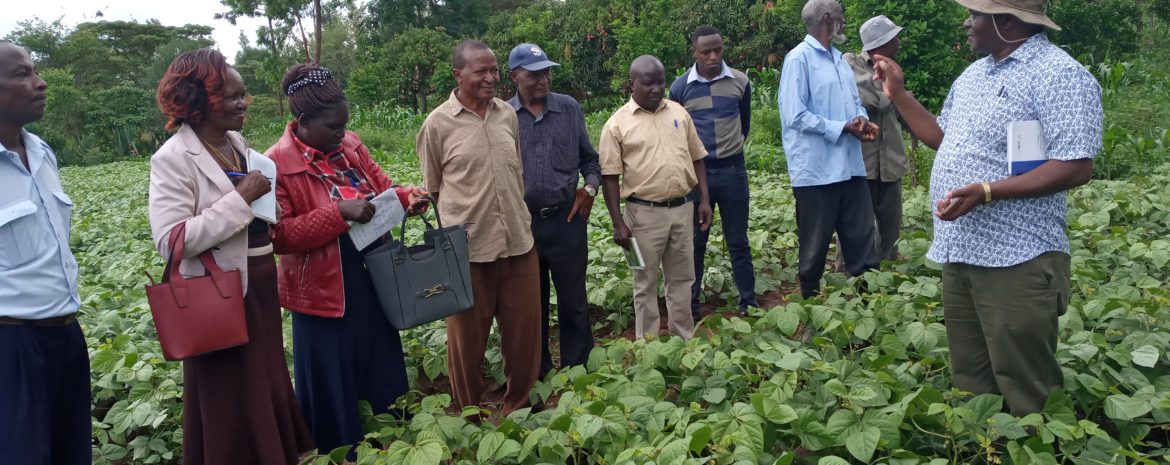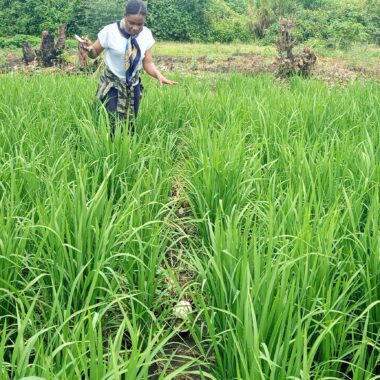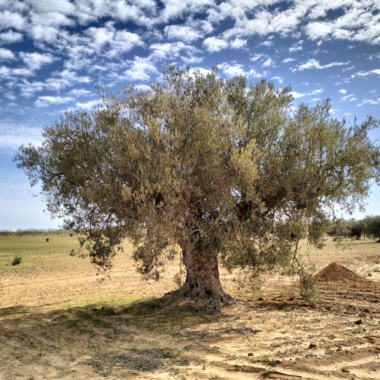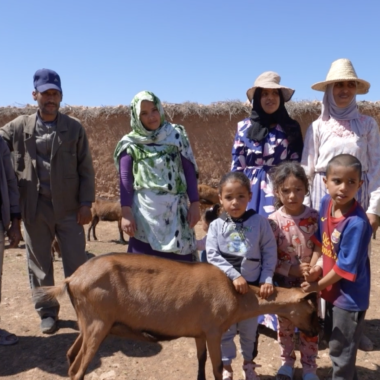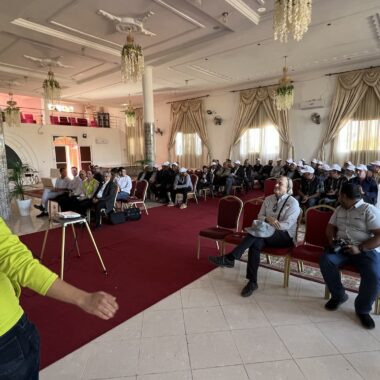Supporting Increased Production of Healthy Grain Legumes in Kenya
Kenya has been described as an agricultural country with over 80% of the economy being either directly or indirectly dependent on agriculture. About four-fifths of Kenya’s land mass is classified as arid or semi-arid lands (ASALs). Drought-tolerant pulses like green grams, beans, cowpeas, pigeon peas, and dolichos perform well in these areas due to their small water requirement and ability to tolerate high temperatures. Green grams and beans are also good sources of protein and minerals.
Both arid and semi-arid areas experience chronic food insecurity resulting from rapid population growth, low soil fertility, degraded ecosystems, low and erratic rainfall and changing seasonal patterns arising from climate change. The lower portion of Eastern Kenya (an area made up of Kitui, Machakos and Makueni) is one such region with a challenging farming environment.
APNI is currently leading a “good agronomy and water management program” for grain legumes in this region of Eastern Kenya in partnership with the Kenya government, the Alliance for a Green Revolution in Africa (AGRA) and fertilizer companies. The program aims at changing the direction of farming within this region towards the production of better yields of grain legumes notably green grams and yellow beans. The program trains farmers on appropriate use of fertilizers, coupled with good agronomic practices and water management to improve the crop yields. While animal protein is scarce in over 80% of households, grain legumes support these families with a protein-rich diet, and the surplus is sold into the local and regional markets to provide a source of household income. In the face of unprecedented times presented by covid 19, where healthy and balanced diets are a crucial part of disease immunity, this program is training farmers to use micronutrient-enriched fertilizers so that the harvested grain is also a good source of important micronutrients like zinc.
In a business-as-usual scenario, farmers rarely harvest more than 0.5 t/ha of green grams or yellow bean. However, this program has been able to demonstrate how farmers could achieve between 1 and 2 t/ha of these two important legume food crops.
This program in lower Eastern Kenya focused on green grams and yellow bean production. Both of these grain legumes are preferred by the farmers because they fetch higher market prices and are drought tolerant. Intensive training is carried out throughout the season as crops develop. Farmers are exposed to ideas on the importance of fertilizer application, pest control, water management, and good overall agronomic management.

Farmers harvesting green grams and yield being weighed in the background (J. Mutegi photo).
APNI Contributors: James Mutegi, Sr. Program Manager and Angela Gitonga, Research Assistant – East & Southern Africa.

